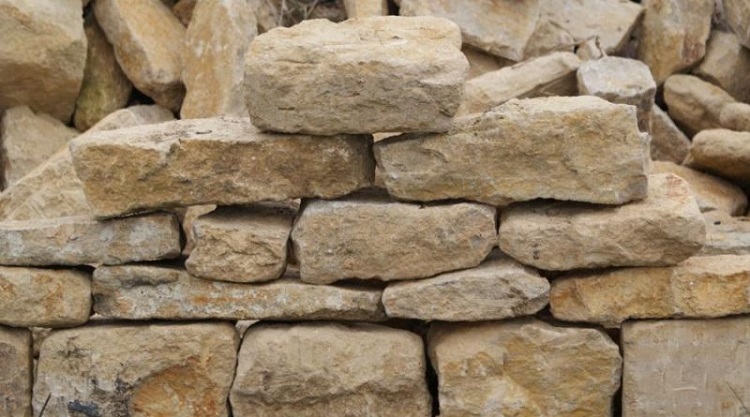How is Natural Stone Processed and Quarried for Design and Construction
For millennia natural stone has been a mainstay of construction, valued for its robustness, adaptability, and beauty. Its use to building and design is still common, from historic monuments to contemporary buildings. It takes knowledge of the process natural stone takes from the quarry to the completed product to fully appreciate its uses and worth.

Quarrying Natural Stone
Quarries are the operations of removing natural stone from the ground. This has a number of important phases:
Site Chosen and Readying
Locating a place with excellent stone resources is the first stage in quarrying. To find locations abundant in the desired kind of stone granite, marble, limestone, or other geologists investigate the area. When a location is chosen, work on removing trees, building access roads, and installing the required infrastructure starts.
Extraction Methods
The kind of stone and its intended application will determine the several ways that natural stone may be extracted. The main methods consist on:
- Hard stones like granite are often subjected to drilling and blasting. The stone is broken into smaller pieces by drilling holes into it, loading them with explosives, and then detonating them.
- With wire sawing, the stone is sliced through with a wire laced with diamond pieces. Large slab extraction is a perfect application for its accuracy and waste minimization.
- Hand tools or motorized splitters may be used to quarry softer stones like limestone and sandstone. Less intrusive, this technique keeps the stone’s inherent texture.
Extraction of Blocks
The stone is split up into big blocks once it is removed from the quarry face. Then these blocks are driven to the processing facility. Whether these blocks are to be used in big architectural projects or as little design components will determine their size and form.
Preparing Natural Stone
The raw stone blocks are processed in numerous steps after quarrying to become final goods.
Cuts
Cutting the stone blocks into slabs or smaller pieces is the first stage of the procedure. Frequently utilized sophisticated equipment includes circular saws with diamond-tipped blades and gang saws with many blades. The cutting procedure guarantees the stone has the right thickness and size.
Floor Finishing
Functional and aesthetic qualities of the stone are improved by surface polishing. Numerous finishes are possible, including:
- Polishing: By smoothing and glossing the stone’s surface, one can better appreciate its inherent hues and designs. Many times, polished stone is utilized for floors and worktops.
- Honing: A matte-appearing, less shiny finish. Popular for wall covering and flooring is honed stone.
- Flaming: This method includes heating the stone to a high temperature, which texturizes and roughens its surface. For outside paving stones, it is often used to improve slip resistance.
Inspections and Quality Control
To make sure processed stone satisfies industry requirements, it is subjected to stringent quality control inspections. Inspections seek for any flaws, fractures, or contradictions. Only stone cleared for usage in design and building is allowed to be used.
Delivery and Setup
Natural stone that has been processed is next packed and sent to design studios or building sites. Transit damage must be avoided by careful handling. When they get there, knowledgeable installers and artisans set the stone in accordance with the design guidelines so it blends in perfectly with the project.
Conclusion
Natural stone must undergo many stages to maintain its quality and beauty from quarry to final product. The piedra natural quarrying and processing need a mix of ancient and contemporary methods to ensure good quality. The power and beauty of natural stone are evident in huge building projects and subtle design elements.



Commenti recenti